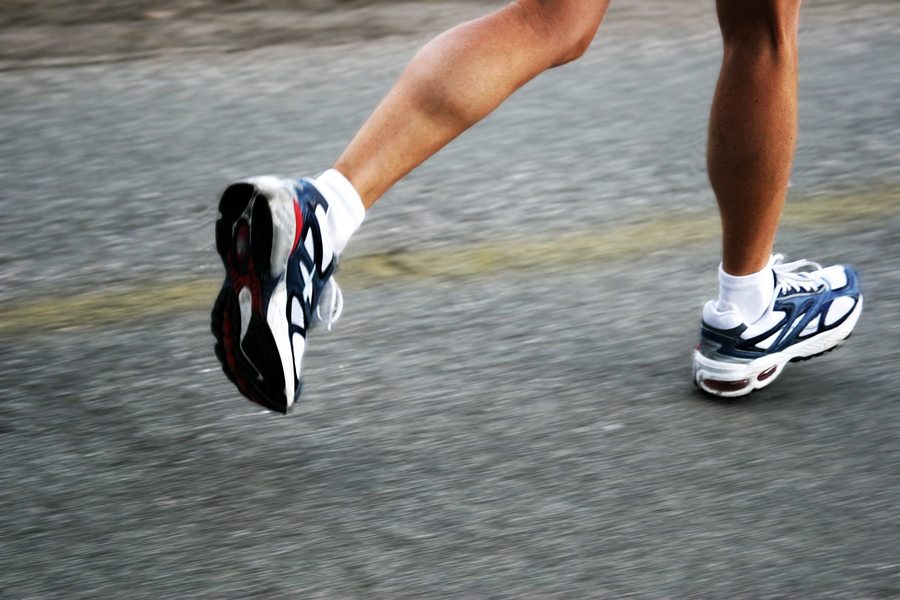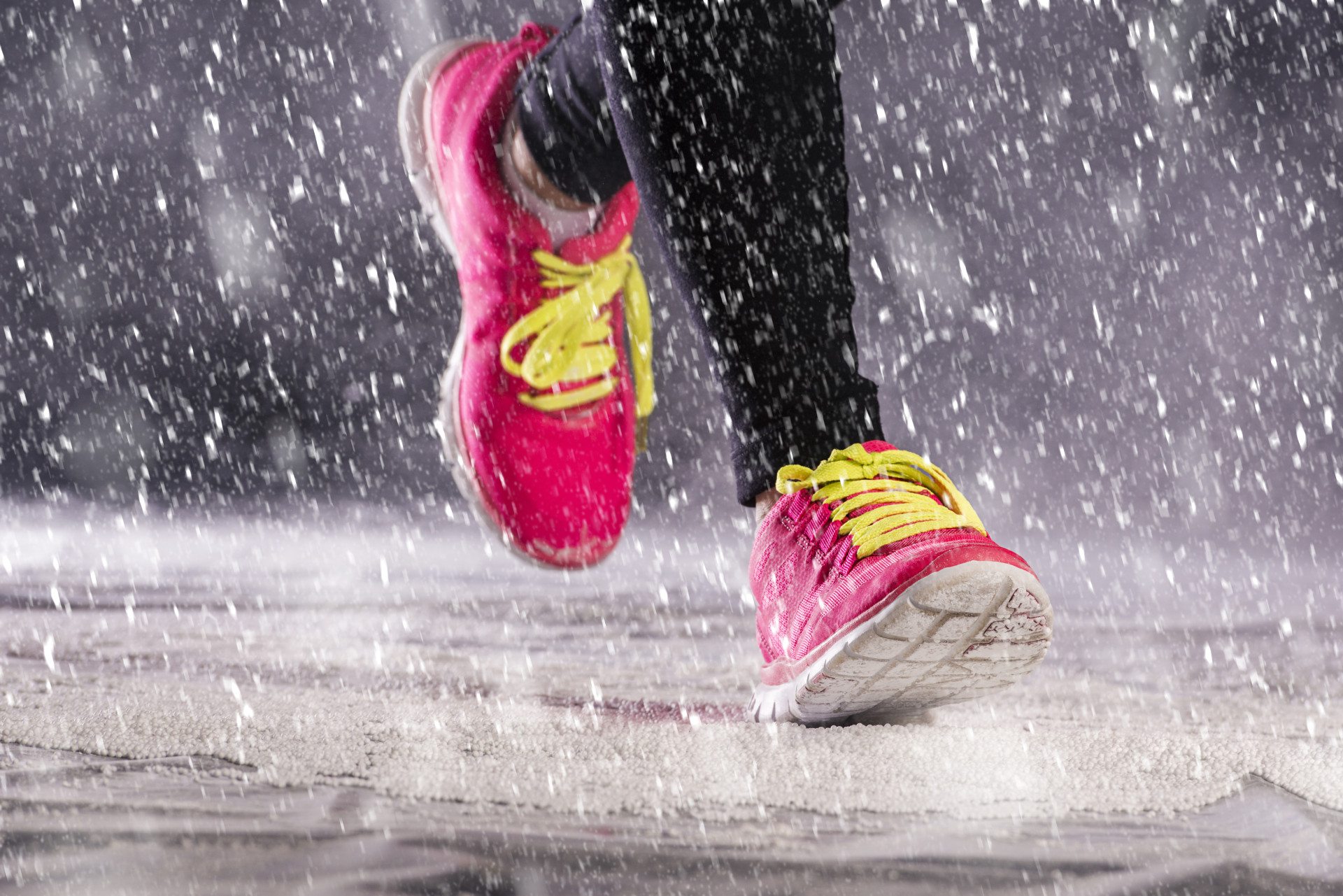What are shin splints?
Written by Chris Teh
Shin splints can be an annoying condition to have, especially if you are an active individual who participates in recreational activity/sport. The medical name for shin splits is “Medial Tibial Stress Syndrome” which is a fancy way of describing the location of the shin pain.
What causes shin splints?
Unfortunately there is no known single cause for the development of shin splints. Medical literature suggests that biomechanical differences of the foot/ankle, poor footwear, activity on hard surfaces and training errors are likely to be contributing factors to developing shin splints.
Anatomically it is also unclear as to what is happening locally at the shin. However, it is suspected that there is a degree of inflammation of the connective tissue that surrounds the shin bone. This inflammation tends to be triggered as a stress reaction to load (i.e. running/jumping etc.).

Symptoms of shin splints
The most common complaint in patients that have shin splints tends to be pain in along the shin bone that is worsened with activity.
Other symptoms that patients may have include:
- Tenderness to touch along the shin bone
- Increase in pain when exercising on hard surfaces
- Pain initially when exercising and during the “cool-down” after exercise
- If the condition worsens, there tends to be pain during exercise and may last for hours/days after stopping the activity.
Treatment for shin splints
Shin splints are normally managed conservatively and do not require surgery. Currently there is no magic treatment that cures shin splints, but one of the biggest factors in recovery is optimal load management.
Pain management strategies and advice regarding proper training load, appropriate footwear, correction of running style and muscular strengthening are all used to treat shin splints.
In the initial phase there is a strong emphasis on pain management and optimal loading to reduce further aggravation. As you progress into the subacute phase, training conditions would be modified and gradually increased.
Don't let your shin splints stop you from moving forward! Keep these things in mind and get help from a health professional if you are unsure.

